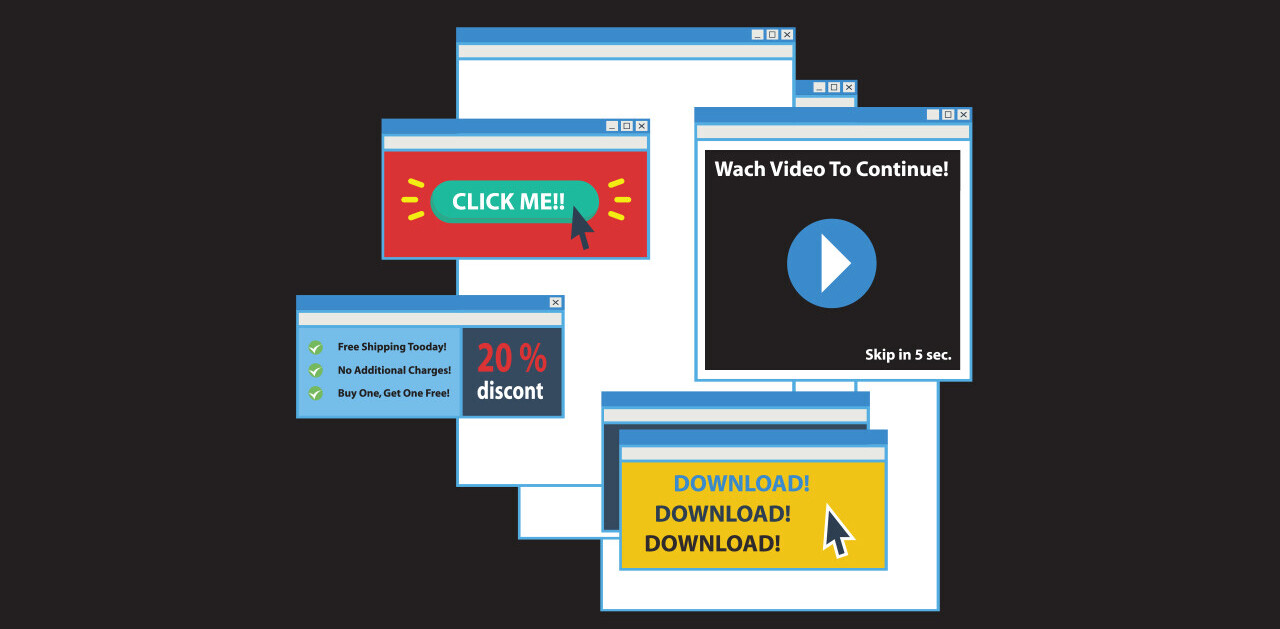When web designing platforms give people the ability to create something incredible on their own — coupled with a professional-looking design — it’s a true benefit for users at any skill level.
However, these ‘anyone can build a website’ tools can sometimes be perceived as a threat to the professional web designers who make their living creating beautiful websites. These designers and content management system (CMS) platforms should not see each other as competitors, but as partners.
Productive partnerships can be fostered when you look at the ways in which some of the more advanced designers use the platform. For people like myself who are deeply ingrained into the CMS business, we shouldn’t forget that professional designers are incredibly important because they actually help us improve the way we build and deliver CMS products.
While they are demanding in terms of what they need, they also provide the industry with specific and invaluable feedback about our products, and they never shy away from letting us know what we can do to improve and give them what they need to serve others.
The best thing about CMS platforms and professional web designers working together is the feedback loop of success that it creates. Professional designers who use a CMS enable their clients to realize their visions online, then, as their clients present different needs, the professional designers can go back to the CMS and request new and better functions. The CMS then works to provide those necessary tools, enabling the designers to do more for their clients, and so on. CMS platforms and professional web designers working hand in hand can result in better websites, more comprehensive features and more powerful tools.
Today, business owners want websites that they can control themselves. Freelance service marketplace Fiverr collected data from 2015-2016 and found a 315 percent increase in requests for help on projects involving website builders and other CMS platforms. This underscores the importance for web designers and web designing platforms to maintain a positive relationship.
Professional designers may often find themselves developing websites that are then passed on to business owners to run, meaning the website must be created with a goal of allowing individuals with minimal web design experience to edit content on each page. This often means selecting an easy-to-use CMS platform.
Web design is far from static, therefore CMS platforms must continually further the possibilities of what is possible for users to achieve. Finding the right balance between a CMS that’s aimed at users of all skill levels and more advanced designers can be a challenge, but it’s also an opportunity. Listening to those professionals is the best way for us to improve, and it’s the best way for them to get the tools they need to make their vision a reality.
The latest trends in web design are more technologically demanding and creating nuanced challenges for designers. There is a need for visually pleasing sites that guide the user to certain points and calls-to-action on a page, and without good design, even the most well-written words can fall flat.
Additionally, there is a heightened need for online customers to get the same type of experience online as they would during an in-person interaction. This growing demand for personalization, as well as pages that move creatively and are presented beautifully, have created an environment where designers not only want the freedom to design without technological limitations, they need it in order to compete.
In my experience, web designers need freedom to explore their ideas. I manage a team of over 120 different designers, and one of my best practices for managing such a large team is finding each designer’s strength and providing a way for them to showcase their talent. I soon discovered that we are most effective when we apply this same principle to the way we design CMS platforms. Designers must be able to play and experiment, without the restrictions of pre-designed templates.
While total freedom has always been a component of web design, it’s not as available to those who are just starting out. CMS platforms should help encourage people who are pursuing a design career by removing the complexities of designing a website and allow users to showcase their creativity. By creating tools with web designers of all skill levels in mind, it helps to form a mutually beneficial relationship between CMS platforms and designers early on in their careers.
I have firsthand experience in this area, as it was never my plan to get into web design. I was not a designer or a technology expert by trade prior to joining a drag-and-drop web designing platform, nor would I have predicted that I would eventually lead a such a large web design team. This is why I’m passionate about forming partnerships with the designers we serve. A design career can start in many places, and the more empowered designers are to branch out and be creative the more successful they can become.
Professional web designers and CMS platforms should always think of each other as partners, because that is the way that all of us can improve and grow. As a web designer, you should think of yourself as an advocate for your industry and your clients. If you have a client that wants a CMS site but requires functions that the platform does not yet enable, you should not be afraid to reach out to the platform and share the feedback.
It’s only by combining the collective talent and abilities across both sides of the pond that we can embark on a design journey to further empower those who are already thriving in a design career.
Get the TNW newsletter
Get the most important tech news in your inbox each week.





